Crouched at the bottom of the grand marble staircase in the foyer of Parliament House, Geoscience Australia chief scientist Dr Steve Hill turns to me and whispers, "I hate to be the killjoy, but it's not a prawn."
I wouldn't say it too loudly either, if I was Steve.
We are both eyeballing "Shawn the Prawn", a small fossil embedded in the Belgian-sourced Black Granitello Nero limestone floor, which despite popular opinion, isn't a prawn.
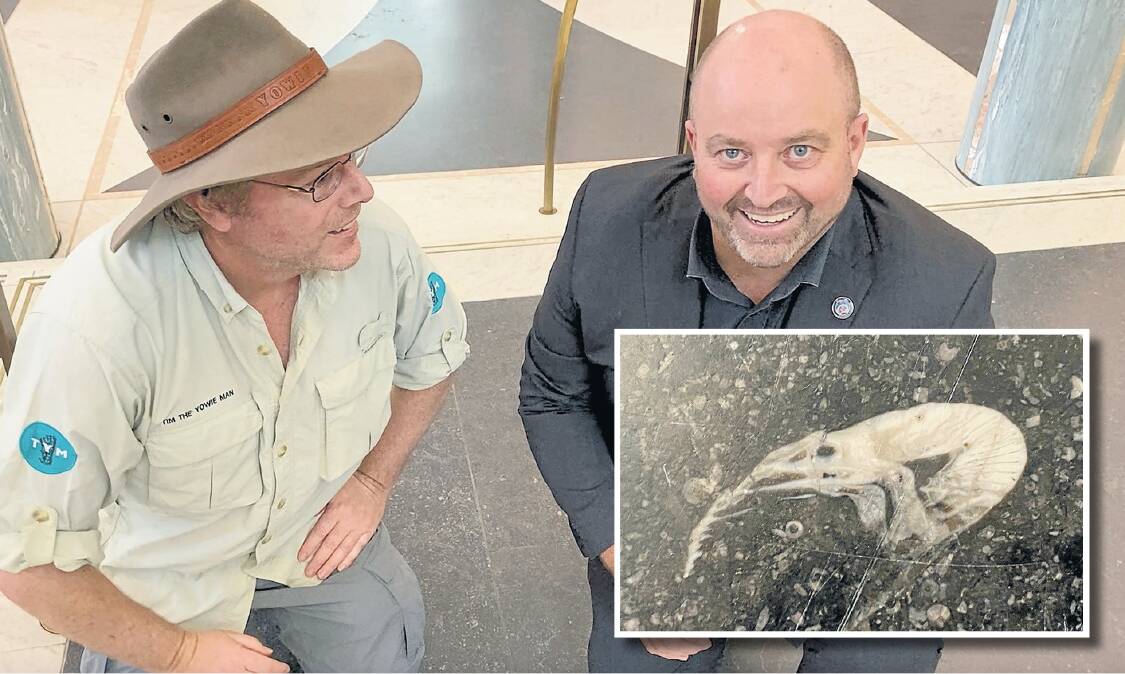
"A few weeks ago, a security guard come up to me and asked me the truth about Shawn, and when I told him it wasn't actually a prawn, he walked off shaking his head in disgust," reveals Steve. "He was seriously disappointed it wasn't a real prawn."
Because the fossil looks so much like a prawn, everyone wants it to be a prawn, but according to Steve, "it's just a random collection of coral and shell fossils that just happens to look remarkably like a prawn".
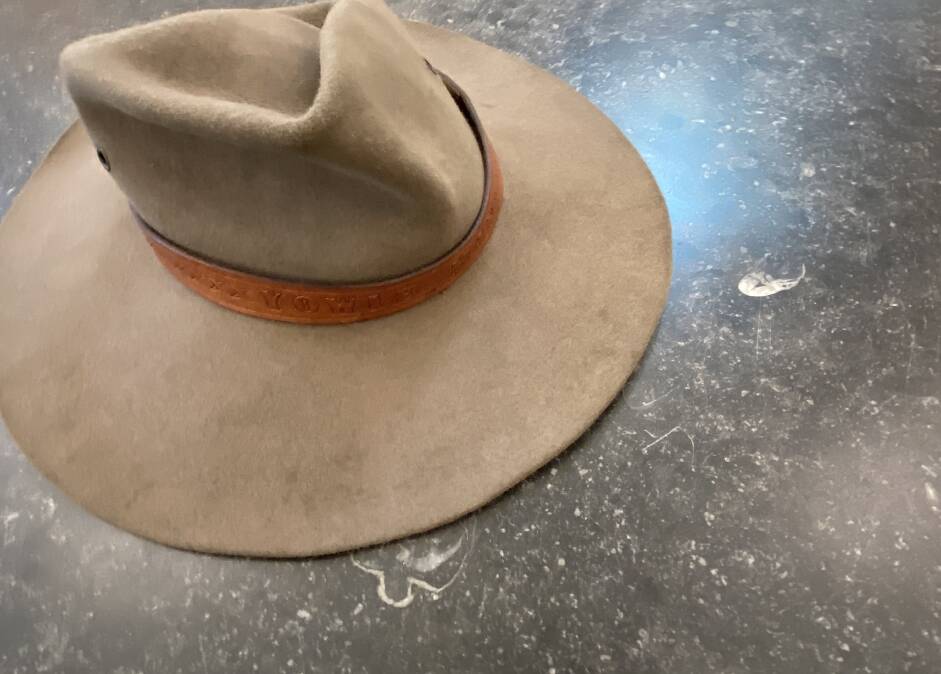
So, in effect it's just another example of pareidolia, or as this column often refers to it, simulacra - faces and forms we "see" in nature.
What's more, Shawn couldn't be a prawn even if he tried, at least not the sort of prawn we are familiar with today. "The fossil is in limestone from the carboniferous period about 345 million years ago, and at that time there were only a few prawns around and none would have looked like the ones we know today, they became much more prolific in the geological record about 100 million years later," explains Steve.
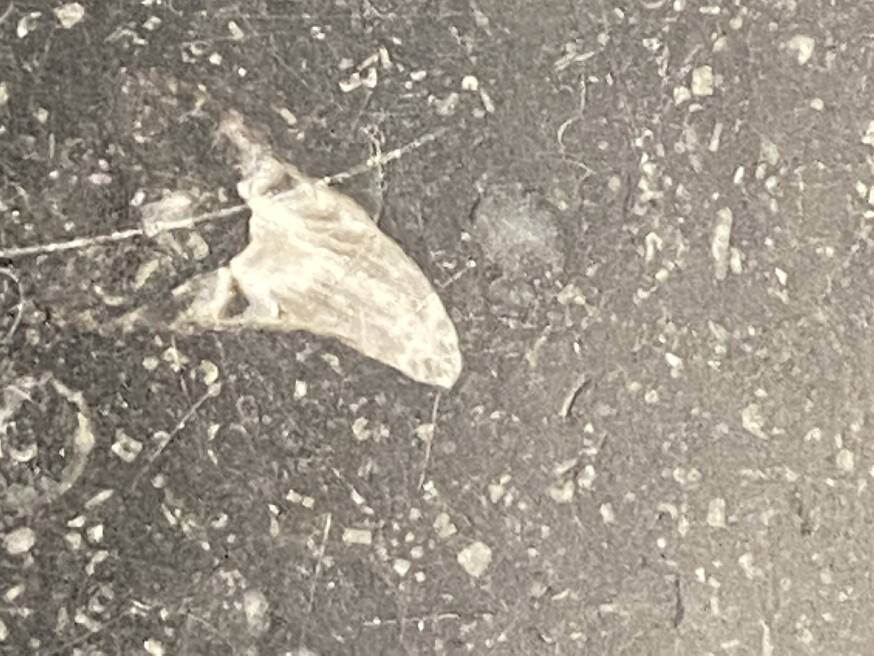
While Shawn the Prawn came to prominence after a brief appearance on Annabel Crabb's 2017 tell-all TV series The House with Annabel Crabb, he has been enamouring visitors to Parliament House for much longer.
"The school kids especially like it," explains Luke Hennessy, a senior guide who reveals the first "sighting" of Shawn has been lost in the mists of time.
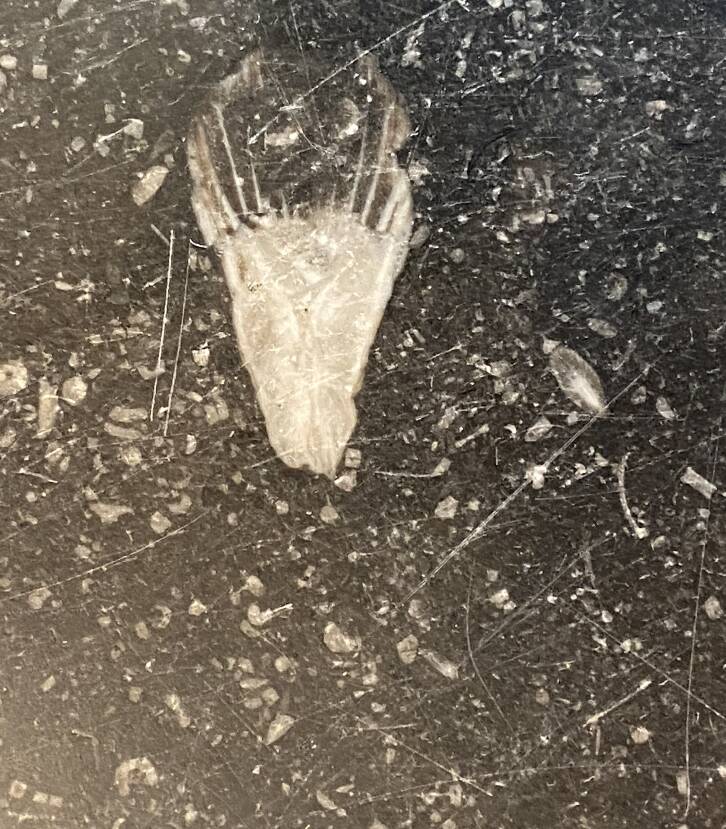
"There are all sorts of myths and legends about Shawn, from builders first discovering him during construction in the 1980s, to security guards later stumbling on it during their rounds," says Luke. "We just don't know for certain."
Although he draws the crowds, Shawn isn't the only simulacra embedded in the Belgian limestone. You can see the remains of ancient corals, sponges, and crinoids, or "sea lilies" that existed some 345 million years ago. On the opposite stairwell in the foyer is more fossilised coral, this one masquerading as the profile of the late Queen Elizabeth II.
Sure, it's a bit harder to "see" than Shawn, but if you stand on the bottom step and squint your eyes a bit, there peering back at you is a bust of QEII, crown and all.
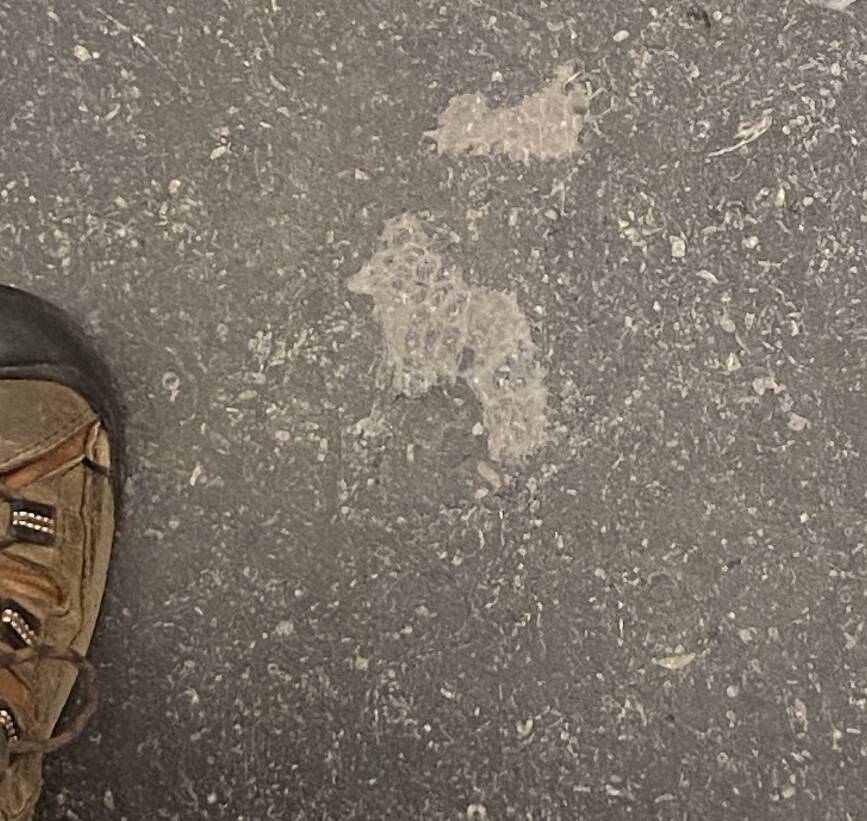
"It's amazing for two reasons," explains Steve. "First, she wasn't around during the carboniferous period, and secondly it was QEII who opened the building in 1988, so to see a fossil that resembles her is quite amazing." Indeed.
Wandering around the grand foyer of Parliament House, Steve is like a kid in a lolly shop. Sporting a grin broader than the Sydney Harbour Bridge, every few steps, he spots another fossil, stops and continues to wax lyrical about the design of the building.
"It's my favourite building in the world," he declares.
"In the 1990s, I was lucky to grab a spot on a tour with the Italian architect Romaldo (Aldo) Giurgola and instantly fell in love with the building," recalls Steve. "He was passionate, elegant and brilliant and explained how everything in the building had a purpose."
While Steve loves the extensive use of Australian rocks in the building, he admits it's the use of international stone that places the building on the global stage.
"Michelangelo created his best sculptures, including David, out of this stone," he explains, his right hand gently caressing the Paradise White Carrara marble on the stairwell above Shawn the Prawn.
While the curious crustacean and subtle sovereign and are both naturally occurring, there are also some man-made "Easter eggs" hidden elsewhere in the building. Nowhere are they in higher concentration than in The LEGO room where on display is a partial model of Parliament House.
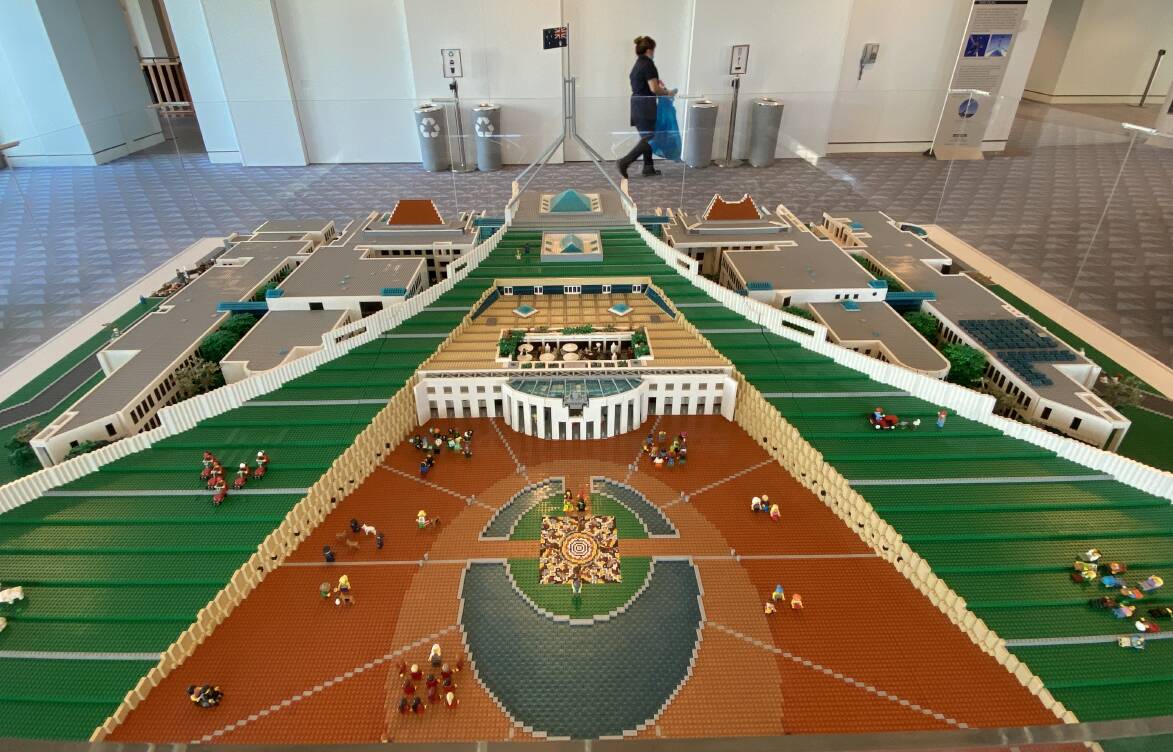
Designed by Ryan McNaught, aka "Brickman", it was only meant to be on display for a few months to mark the building's 30th anniversary in 2018, but it proved so popular that it's become part of the furniture in the gallery next to Queen's Terrace Cafe.
Even if you aren't a fan of colourful plastic building blocks, this is a masterpiece featuring more than 150,000 bricks (it took 740 hours to build) with amazing attention to detail, and if you look carefully it's also obvious he applied more than a generous dose of artistic license.
Amongst the "Easter eggs" incorporated in his design are a closet of skeletons, a democracy sausage and a smaller-than-life Clive Palmer getting drenched after sprinklers unexpectedly came on during a press conference.
"That's based on a true event in 2018," muses Luke. "One of the gardeners was checking the irrigation system and mistakenly manually operated the wrong valve." Oops.
Also included in the knockout LEGO model is the infamous budget tree - that Canadian maple which turns a luminous red in budget week - with fake money as leaves.
"When kids see the real tree, they are disappointed there's no money growing on it," laughs Luke.
Probably not as disappointed as when they discover Shawn the Prawn is just a piece of crusty old coral.
Don't miss rare chance for VIP access
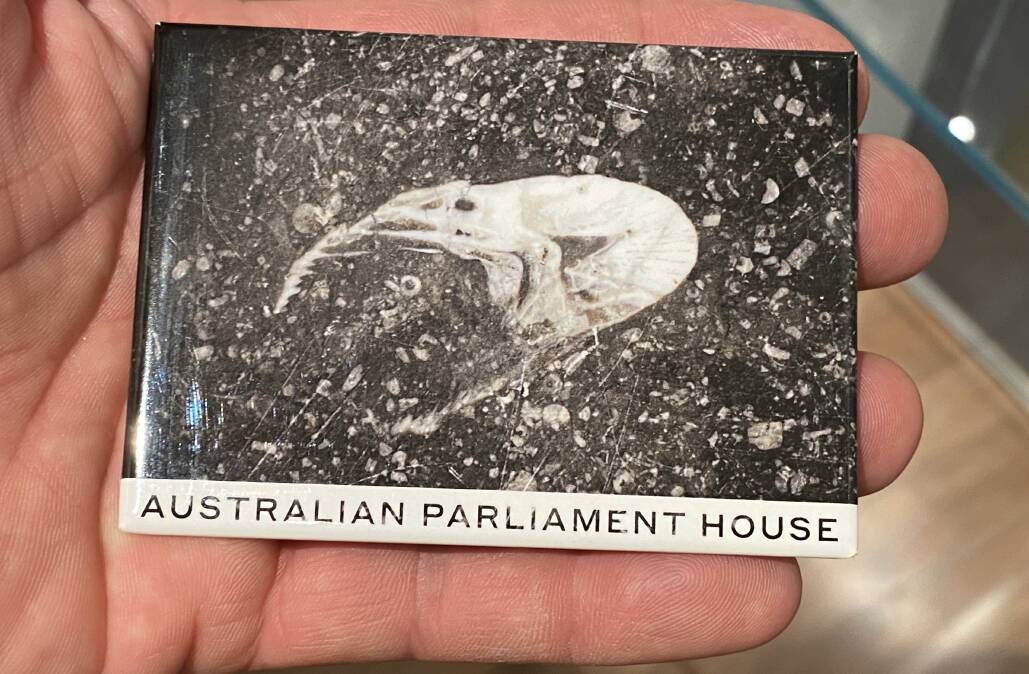
To mark its 35th year, on Sunday October 8 (9am to 5pm) Parliament House is throwing open its doors. Here are my seven must-sees.
People's Parliament: There'll be no yelling of "Stranger on the floor!" as the floors of both the Senate and House of Representative chambers will be open to the public. A rare treat.
All the buzz: Hear pop-up talks on a range of topics from the Parliament House bees to the inspiring journeys of women in parliament.
Entertainment: Enjoy a feast of performances including the Band of the Royal Military College and DJ Sue.
LEGO magic: Kids can help build eight giant LEGO portraits recognising the first females of Australian politics.
Moth madness: Remember the stink some staffers in Parliament House kicked up when bogong moths were lured off their annual migrations path by the bright lights of Parliament House in the early 2000s? There were immediate calls for insecticide to exterminate the native critters. Now on the endangered list, the plight of the bogong moths has turned full circle and kids (and big kids) will have the opportunity make bogong moth finger puppets.
Rock doctors: Geoscience Australia will erect a trestle table in the Marble Foyer complete with offcuts of some of the 35 different types of stone in the building. If you are having trouble finding Shawn the Prawn and QEII, or the many other fossils in the foyer, just ask one of their experts. Tell them I sent you.
Look up: At 3.45pm on the dot, witness a special aerobatic finale by the Royal Australian Air Force Roulettes, a six-aircraft, seven-member team which will complete a spectacular display with daredevil manoeuvres above the Parliamentary Precinct.
More: check out the website at www.aph.gov.au/openday
WHERE IN CANBERRA?
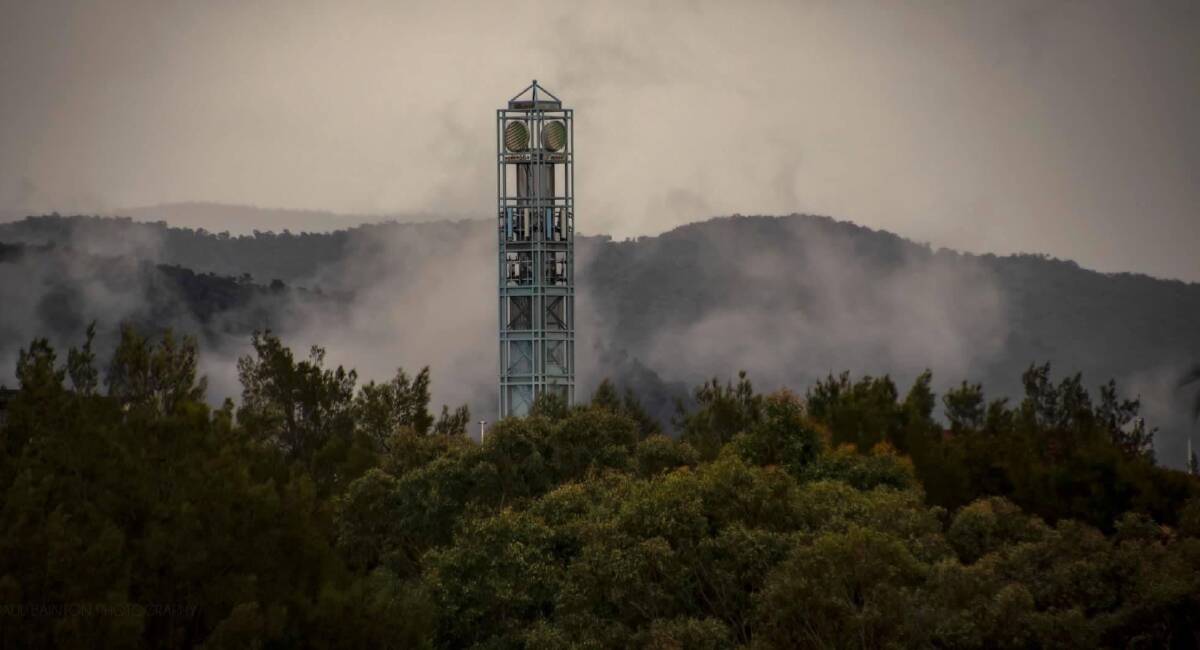
Rating: Easy
Clue: Closer to "home" than it looks
How to enter: Email your guess along with your name and address to tym@iinet.net.au. The first correct email sent after 10am, Saturday October 7 wins a double pass to Dendy, the Home of Quality Cinema.
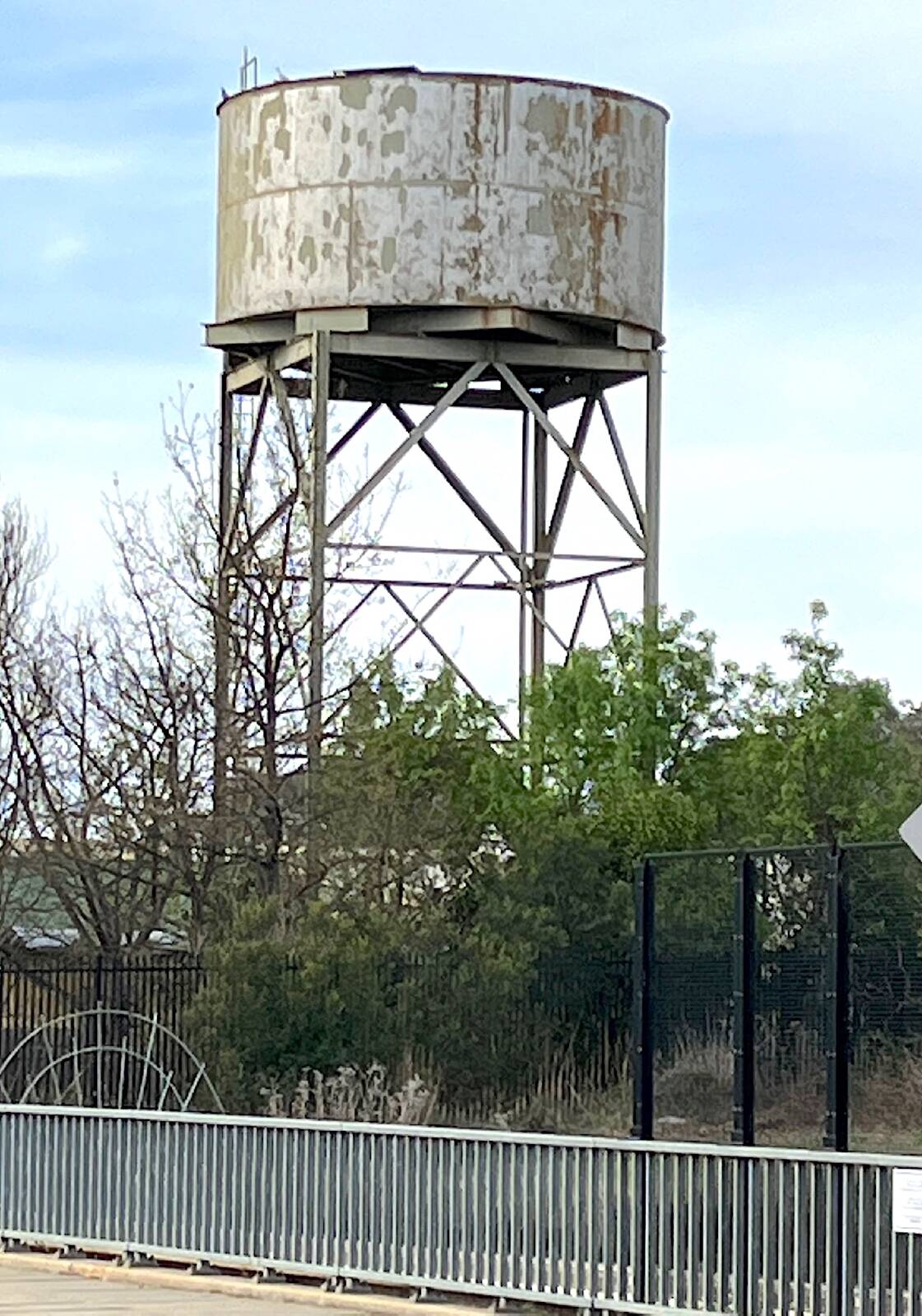
Last week: Congratulations to first-time winner Dale Cooper of Jerrabomberra who was the first reader to correctly identify last week's photo as a water tank and tower located in Oaks Estate near the corner of McEwan Avenue and Railway Street. Dale just beat Peter Harris of Latham, Jonathan Mandl of Griffith, and Michael Lonergan of Tharwa to the prize. According to recreational historian Rohan Goyne of Evatt, who sent in the photo, "it was built in 1937 as part of the reticulation water scheme for Oaks Estate". A railway water tank, built in 1926 of concrete, is located immediately behind the water tower."
Meanwhile, Bruce White of Bungendore reports, "The real secret at Oaks Estate is Spice Bar, the terrific Indian Restaurant that operates out of the old Nissen Hut. And you can get a cold beer with your take-away."
Geographical heart of the House
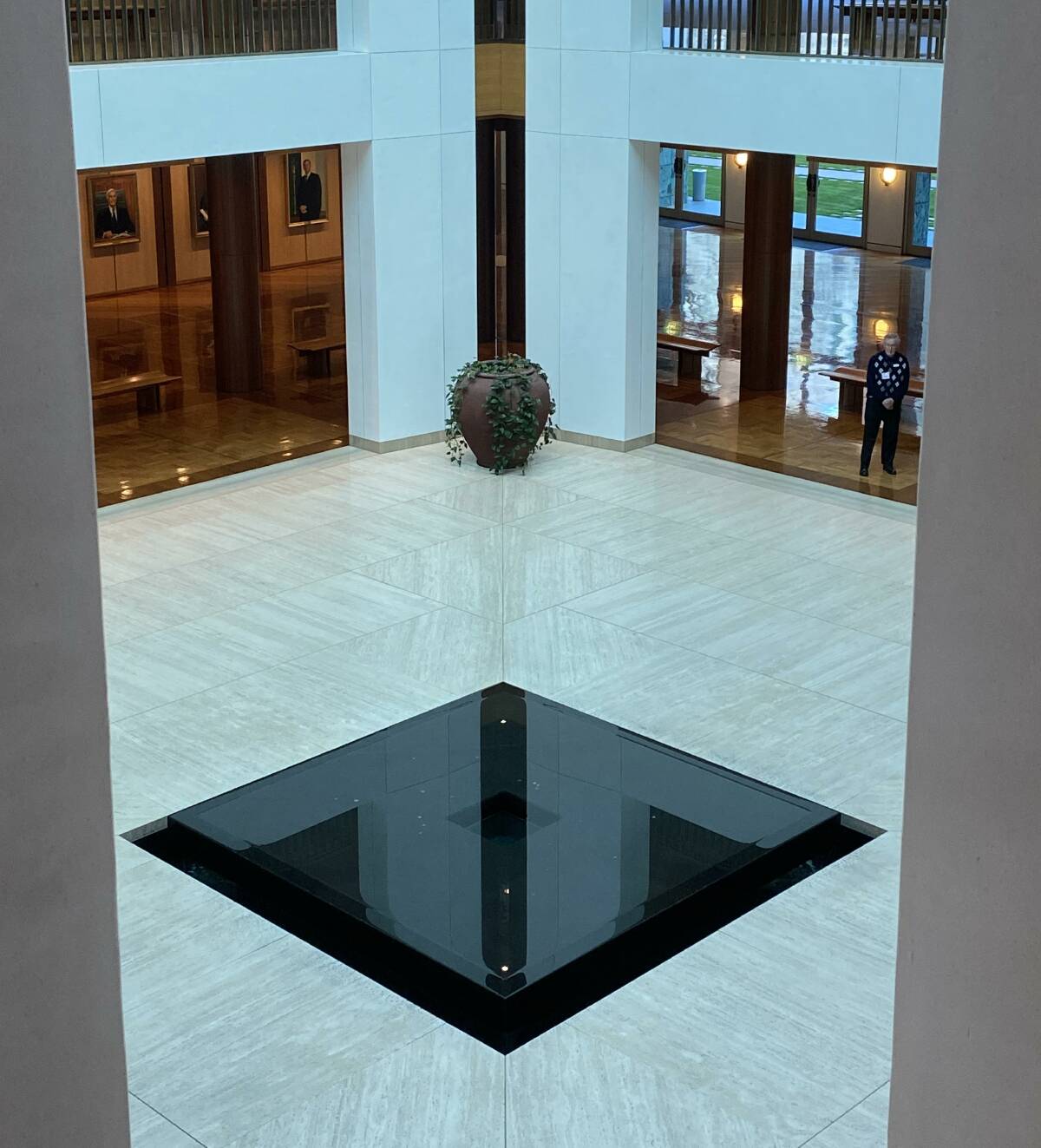
On the ground floor of the Members Hall at Parliament House and perfectly positioned at the intersection of the north-south axis and the legislative axis, and right beneath the building's iconic flagpole, is The Reflective Pool - the geographical heart of the building.
The centrepiece of the photogenic pool is an 8-tonne piece of imperial black granite that was cut with a computer from a larger 30-tonne piece of South Australian granite.
"The precision cut enables water to fall off the stone uniformly, giving the impression that the water is completely still," reports Parliament House senior guide Luke Hennessy.
What's more, the gently tumbling water splashing into the lower part of the pool is designed to provide sufficient white noise so that conversations between members of Parliament cannot be overheard by other members walking past on the same level or members of the public looking down on them from Level 1.
"And it really works," says Luke. Try it yourself on Open Day as both the ground and first floors of the Members Hall will be open.
CONTACT TIM: Email: tym@iinet.net.au or Twitter: @TimYowie or write c/- The Canberra Times, GPO Box 606, Civic, ACT, 2601
We've made it a whole lot easier for you to have your say. Our new comment platform requires only one log-in to access articles and to join the discussion on The Canberra Times website. Find out how to register so you can enjoy civil, friendly and engaging discussions. See our moderation policy here.







